In the throne room of the 8000m Himalayan scene, a Nepali’s ski descent is welcome news.
There are a few times annually to key in on the 8000m news cycle. There’s the spring pre-monsoonal climbing season and the autumn post-monsoonal window.
Since, say, the 1996 cluster on Everest and the 2019 mega-cluster documented by Nirmal Purja’s (Nims) photo of the near-the-summit-of-Everest human traffic jam, it’s easy to turn an eye away from 8000m exploits. But we’re humans. And as it is with a competitive and goal-driven species, with nothing to say about the underlying ego, we’re driven to the highest peaks, lording over the lowlands. Higher must mean better. At this point, we could go deep dive mode and discuss the whole array of pitfalls involved with discussing things 8000m related. It’s like being at the VIP cocktail party at the VIP mountain film fest and bringing up the use of O’s on 8000m hills. You’re likely to offend someone on the guest list. The “by fair means” debate can wait for another time.
As the autumn waxes and wanes in the Himalayan high country, we hear some interesting news of the positive persuasion. As reported in the Himalayan Times and Nepal News, 45-year-old Tshering Pande Bhote skied from the summit of Manaslu on September 21. At 8,163m/26,781ft, Manaslu is the world’s eighth-highest peak.
Bhote’s ski descent is touted as the first Nepalese ski descent from the summit of an 8000m peak. His ascent and descent is reported to have been unassisted by supplemental oxygen.
(Manaslu’s first complete ski descent is attributed to American guide Adrian Ballinger, who climbed and descended the mountain in 2011.)

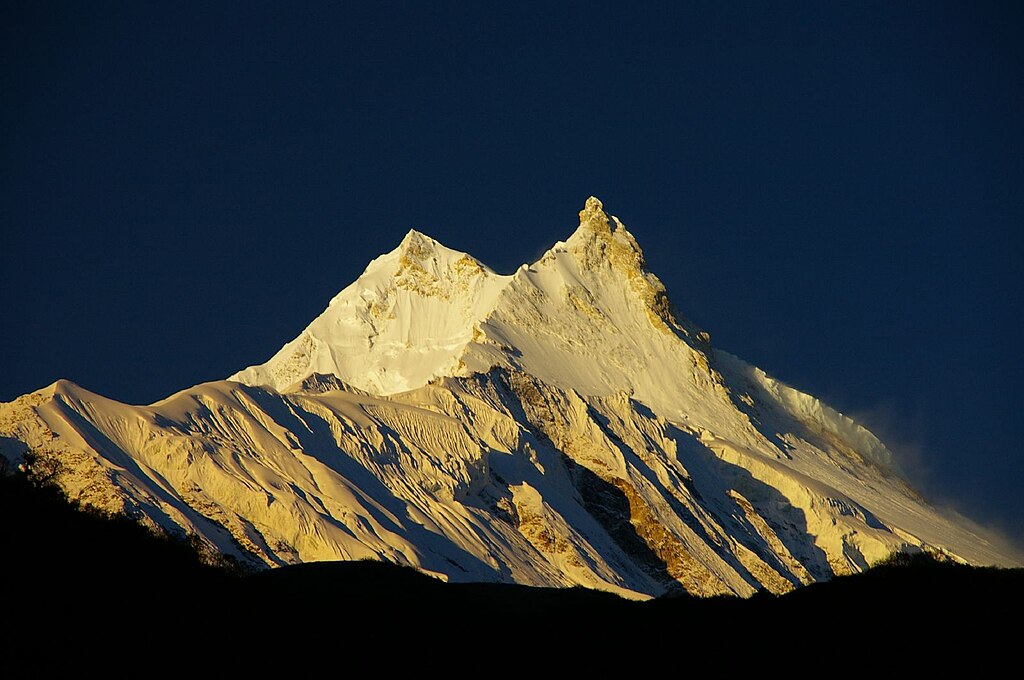
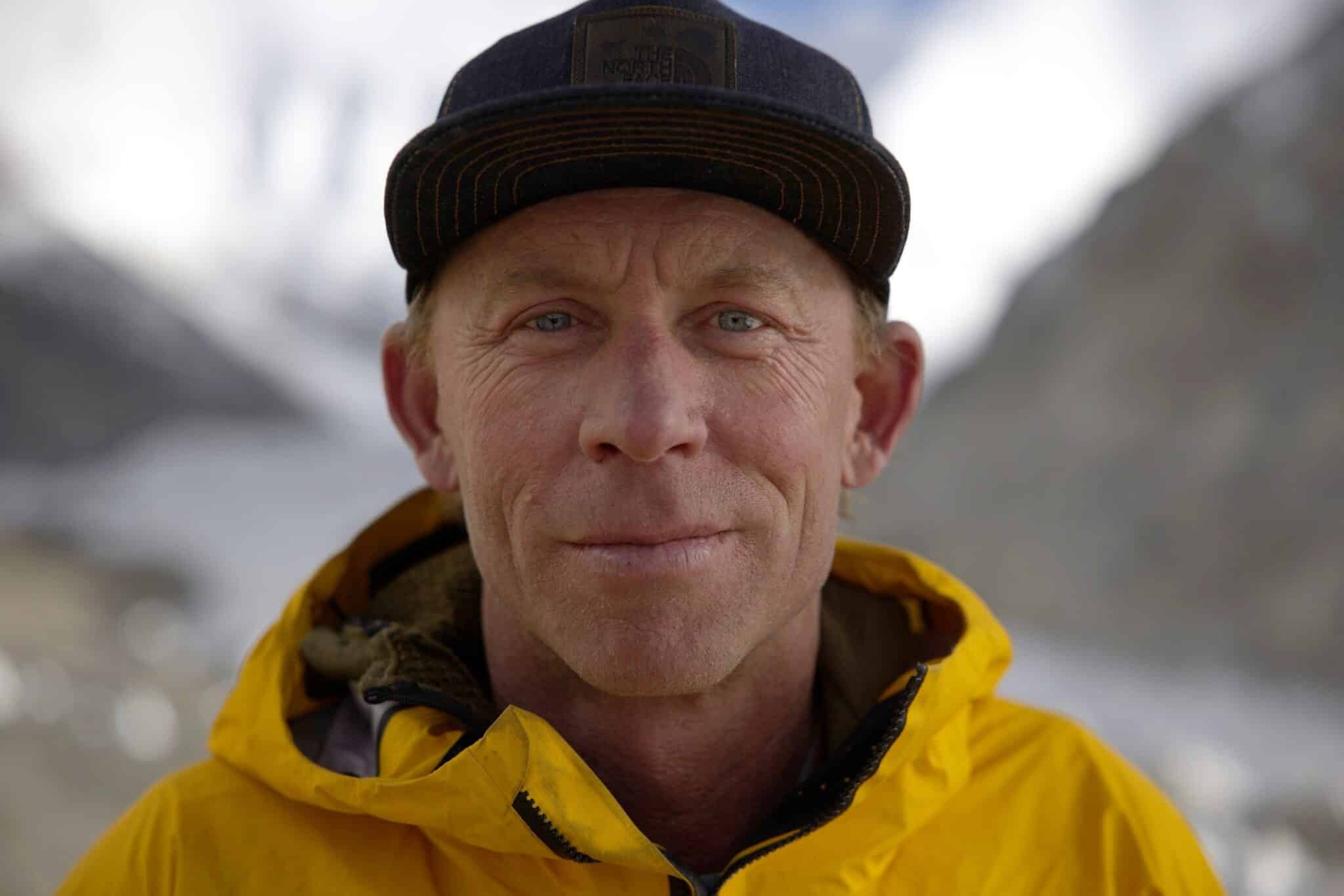
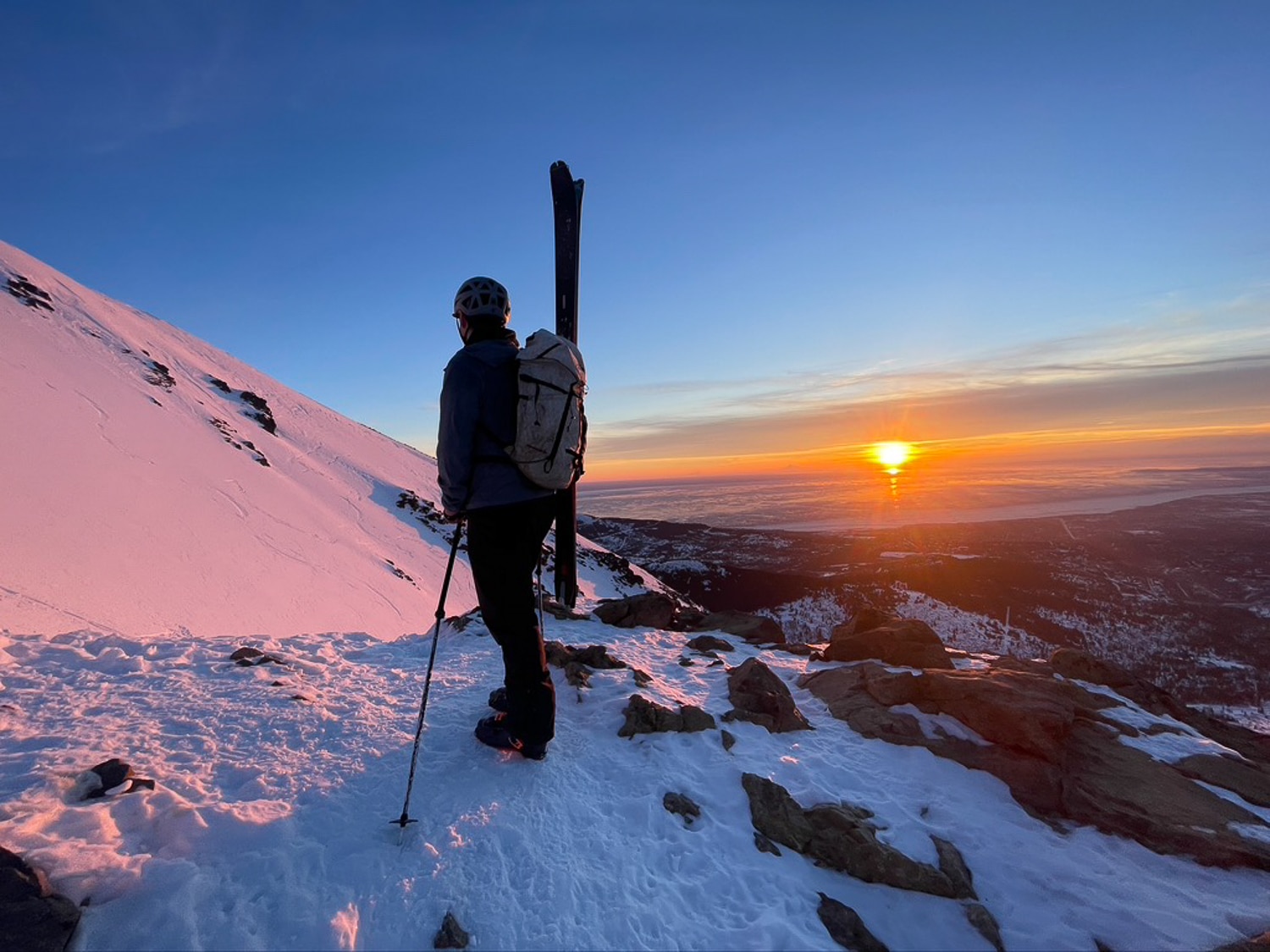
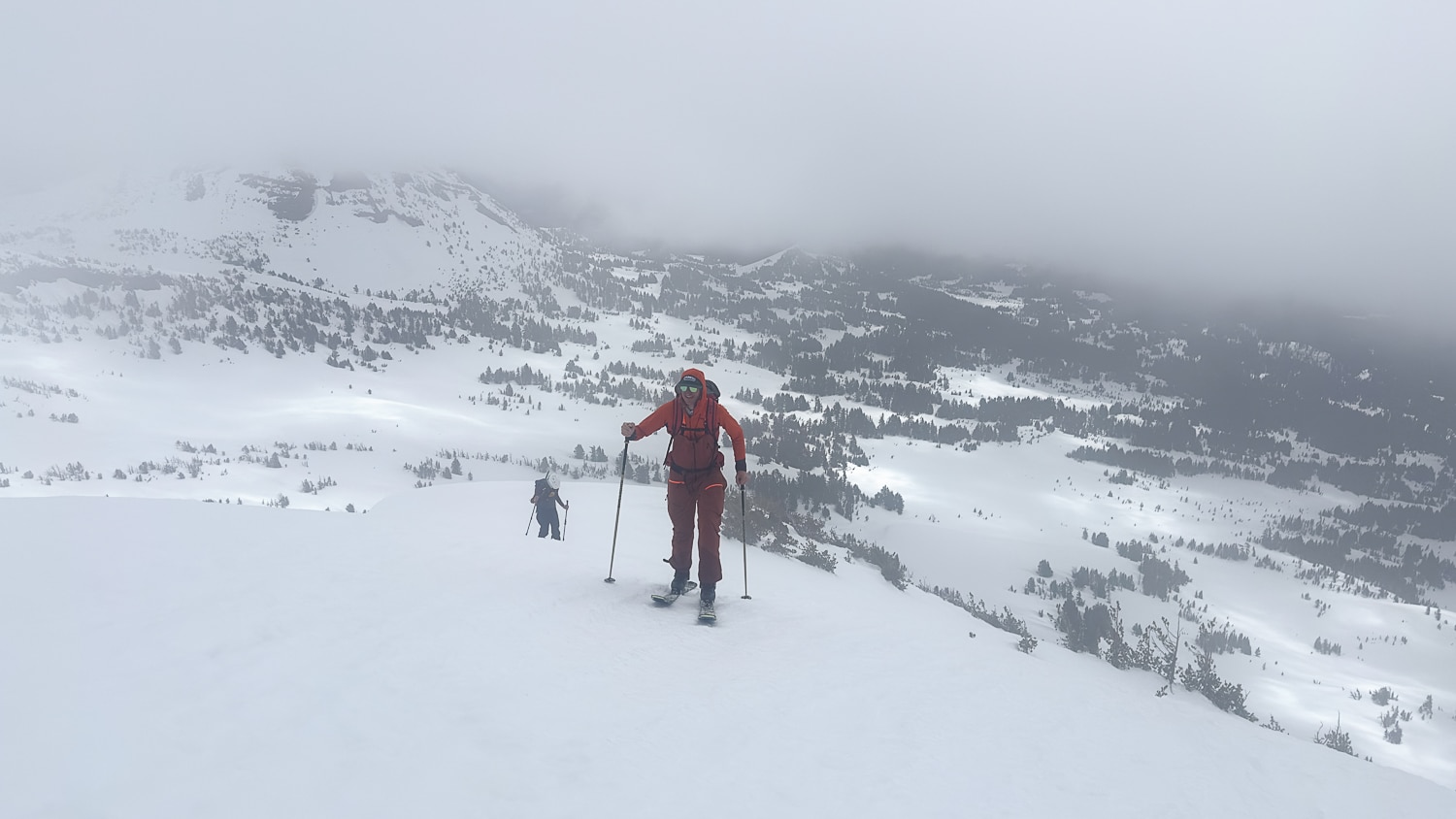
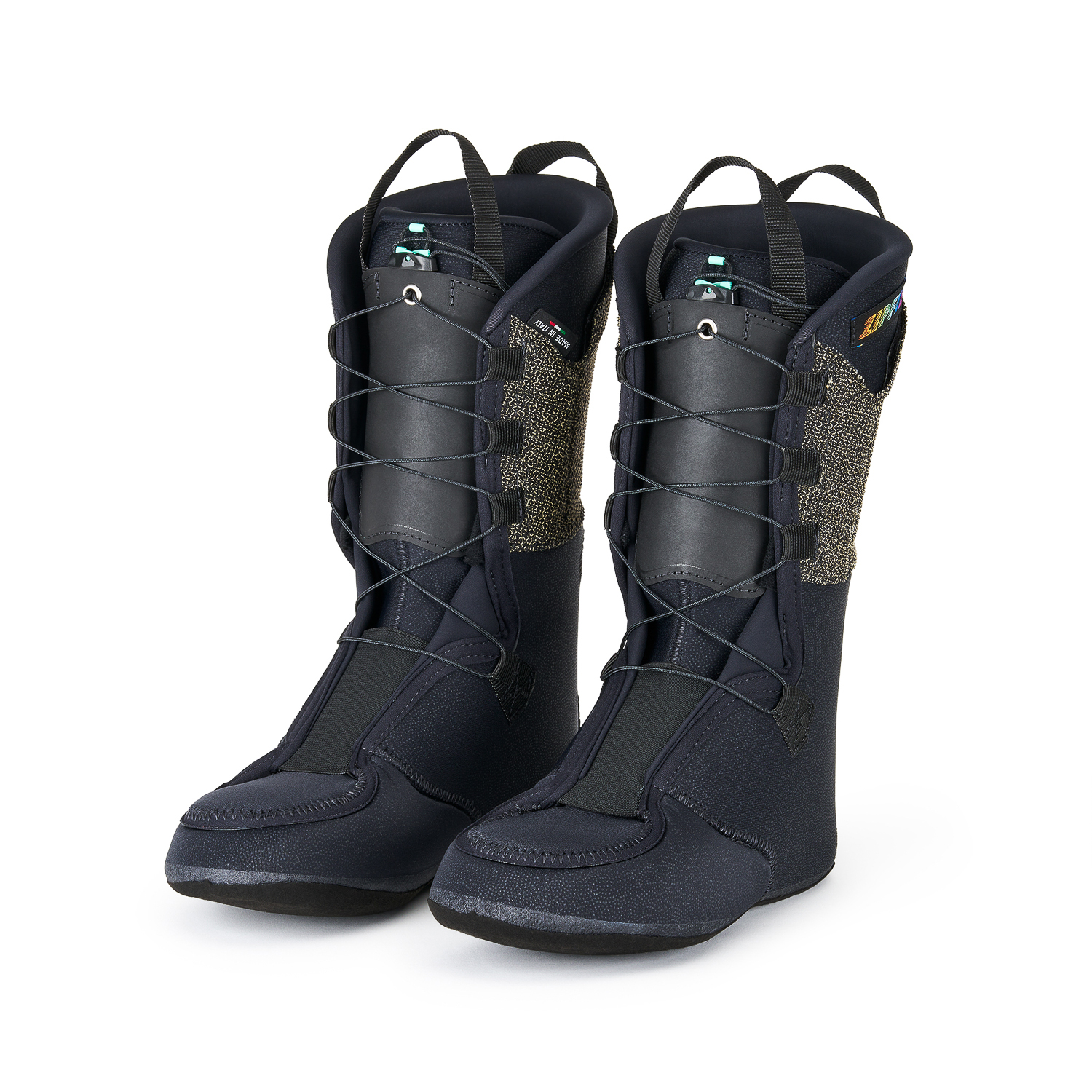
Leave a Reply
You must be logged in to post a comment.